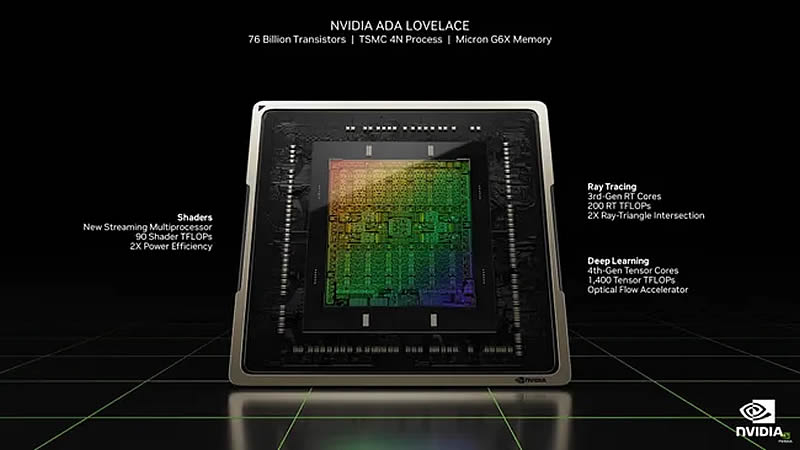Nvidia has confirmed the development of a new version of the GeForce RTX 3050 video card for laptops. The key feature of the new product will be the use of the AD106 GPU, based on the Ada Lovelace architecture used in the more powerful RTX 4070.

Image source: NVIDIA
According to Notebookcheck, the video card, called GeForce RTX 3050 A, will be equipped with 4 GB of GDDR6 video memory with a 64-bit bus, and its TDP will range from 35 to 50 W. The number of CUDA cores will be 1792.
Experts note that such a move by Nvidia is reminiscent of the situation in 2021, when the company unexpectedly introduced the GeForce RTX 2050 based on the GA107 (Ampere) GPU, despite the fact that this model belonged to the Turing line. That card found use in many budget laptops, although its performance left much to be desired. Now Nvidia appears to be planning a similar trick with the GeForce RTX 3050, which was originally based on the Ampere chip, by equipping it with an Ada Lovelace GPU.
Information about the new modification of the RTX 3050 was found in the PCI-ID database, as well as in the latest Nvidia drivers. Although full technical specifications have not yet been disclosed, it is obvious that the performance of the new product will be lower than that of the mobile version of the GeForce RTX 4070, which also uses the AD106 GPU.
It is worth noting that this is the third version of the GeForce RTX 3050 after versions with 6 GB and 4 GB of memory based on the GA107 GPU. The reasons for choosing AD106 instead of AD107, which is more suitable for this class of video cards, are still unknown. It is possible that the new GeForce RTX 3050 A could be presented at CES along with the RTX 5000 series models based on the Blackwell architecture. However, there is also a possibility that this modification is experimental and may not reach the market.
It is expected that the appearance of the GeForce RTX 3050 A version will allow Nvidia to expand its offering in the budget gaming laptop segment, giving manufacturers additional opportunities to create competitive models.